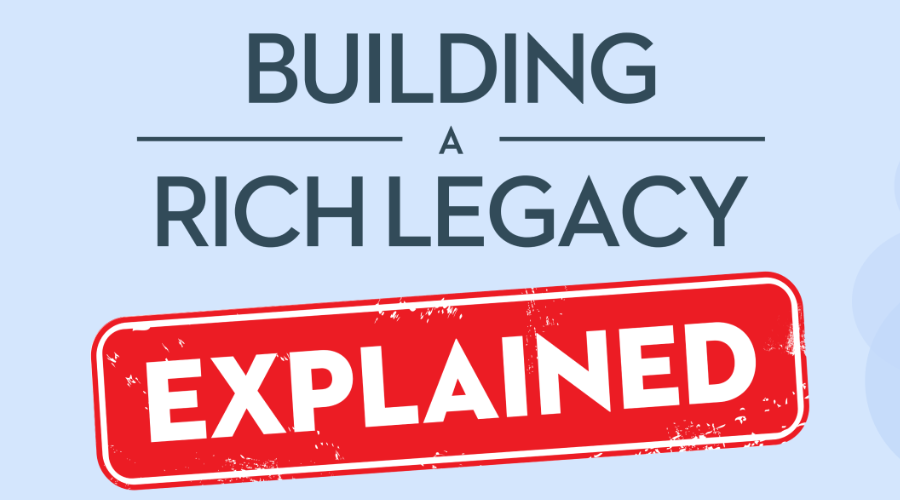Looking for a loan you can live with?
If you want to access the equity in your home without having to sell your house, most people think of a home equity line of credit (HELOC) first. But, if you’re 55 or over and own your own home, there may be a better option: a reverse mortgage.
To help you decide which is a better solution for you, below we compare a reverse mortgage vs HELOC.
The HELOC option
When it comes to accessing your equity with a HELOC, you can typically take out a larger loan than with a reverse mortgage. A HELOC provides access to up to 80% of the value of your home (minus the amount you owe on your mortgage) or 65% of your home’s value, if you have no other liens on your home.
With a HELOC, it is revolving credit, meaning you have access to the money but only start paying interest when you actually borrow from it. As you pay off the loan, the amount you can borrow increases (a big advantage of a HELOC vs reverse mortgage). There is no set period of repayment, but you must make at least the minimum interest payment every month.
How does a reverse mortgage work?
A reverse mortgage also allows you to use your home as collateral to borrow money. The amount you can borrow is based on your age, home’s location and the equity you hold.
With a reverse mortgage you can choose to make no monthly mortgage payments until you decide to move or sell your home. Instead, the interest simply compounds on the outstanding balance while the entire value of your home also continues to appreciate. When you sell your home, you pay off the accumulated amount of the loan and keep the rest.
What are the key differences between a reverse mortgage vs HELOC?
With a HELOC, you have to make monthly interest payments as soon as you withdraw money from the account. With a reverse mortgage, you don’t have to make any regular payments – principal or interest.
For a HELOC, you need to have a solid, provable income and a good credit score. Banks use debt service ratios to qualify their customers to make sure that they can afford the payments. Whereas, qualifying for a reverse mortgage is more about the equity in your home, its location and your age. Your income and credit score are not taken into account.
When it comes to interest rates of a HELOC vs reverse mortgage, HELOC rates are typically between 2-3% lower. However, reverse mortgage rates are fixed and will not change over the course of the term, while HELOC rates are variable and will rise and fall, along with the prime lending rate. Calculate your rates with a HELOC interest calculator for better clarity.
Some home equity lenders allow you to borrow up to 80% of the value of your home (including your current mortgage, if you have one). Comparing a home equity loan vs reverse mortgage, the maximum amount you will be able to borrow with a reverse mortgage is 55% of your home’s value. And the amount you qualify for will depend on your age, and a few other factors.
The pros and cons of a reverse mortgage vs HELOC
As with any loan, there are advantages and disadvantages of HELOCs vs reverse mortgages. We take a look at the key ones:
Pros of a reverse mortgage:
- You can borrow up to 55% of your home’s value, which can provide you with a large chunk of money or regular payments to boost your income
- The main advantage of a reverse mortgage vs home equity loan is that you don’t have to repay a cent of it until you decide to sell or move, so your cash flow is greatly improved
- You don’t have to worry about defaulting on your loan and being forced to sell, because there are no payments to make
- When looking at qualifying for a reverse mortgage, it’s based on your home, its location and your age, not your income and credit score
Pros of a HELOC:
- Low interest rates of typically prime plus 0.5%
- You can borrow large sums of money, up to 80% of the value of your home, minus your mortgage
- You only start paying interest when you draw from your HELOC (which makes it more convenient having a HELOC vs reverse mortgage)
- You have the convenience of drawing money when you need it
Cons of a reverse mortgage
- When comparing rates of a home equity loan vs reverse mortgage, they are higher with a reverse mortgage
- If you choose not to make interest payments, the amount of the loan will grow
- You need to keep up your home insurance and pay property taxes
Cons of a HELOC
- With a HELOC vs reverse mortgage, you have to prove your income and have good credit, which can make it hard for a retiree to qualify
- You have to make regular monthly payments, which can be difficult when you’re on a retirement income
- Rates and, as a result, your payments can increase with the prime rate, making it harder to budget for
- If you miss payments, you could lose your home
Qualifying for a reverse mortgage vs HELOC
The two loans have very different qualification processes. This is a breakdown of what you need to qualify for a HELOC vs reverse mortgage:
Qualifying for a reverse mortgage:
- You must own your home
- You must be 55 or older
- You must have sufficient equity in your home to borrow from (you can use your reverse mortgage to pay off any remaining mortgage)
- A huge plus for Canadians when applying for a reverse mortgage vs home equity loan is that income and credit score are not as important in qualifying for a reverse mortgage
Qualifying for a HELOC
- You must own your home
- You need good credit for a HELOC (typically over 740 for the best rates) and no bankruptcies or proposals
- One major disadvantage of a HELOC vs reverse mortgage for retirees is that you must be able to prove that you have adequate income to be able to service the debt. Lenders use debt service ratios for this which can make it difficult for retirees to qualify
A Case Study
So, which is the better way to access the equity in your home? Don and Michelle recently had to decide between a reverse mortgage vs HELOC. Don is in his early 70s, Michelle in her late 60s. Don recently had a stroke that left him partially immobilized. At first, they considered selling their house and moving into a retirement home, but they both loved their home, especially the garden.
Instead of moving, they decided to fix up their house, so it would be easier for Don to get around, by installing wheelchair ramps, railings, etc. It was a large investment, but worth the expense to be able to stay in their home. The question was how to pay for it.
They were considering either a home equity loan or a reverse mortgage but were worried that the payments would affect their monthly cash flow. They were also concerned that, if Don passed away, Michelle would struggle making the monthly payments and might be asked to repay the line of credit as a result. That would mean selling the home they loved.
Ultimately, when it came to deciding between a home equity loan and a reverse mortgage, they decided on a reverse mortgage. This gave Don and Michelle the money they needed to stay in their home and the peace of mind that comes from knowing they wouldn’t have to move out until they were ready to.
Find out how much you could borrow with a reverse mortgage
For retirees who are wondering whether a reverse mortgage or HELOC is a better option for them, as you have learned, a reverse mortgage is a much better way of cashing in on your home equity. With no regular mortgage or interest payments to make, it frees up more money and you never have to fear losing your home because of defaulting.
Use our reverse mortgage calculator to work out how much you could borrow or call us at 1-866-522-2447.
The Reverse Mortgage
Facts You Need to Know!
Read about the pros and cons of a reverse mortgage to see if it is right for you.
































